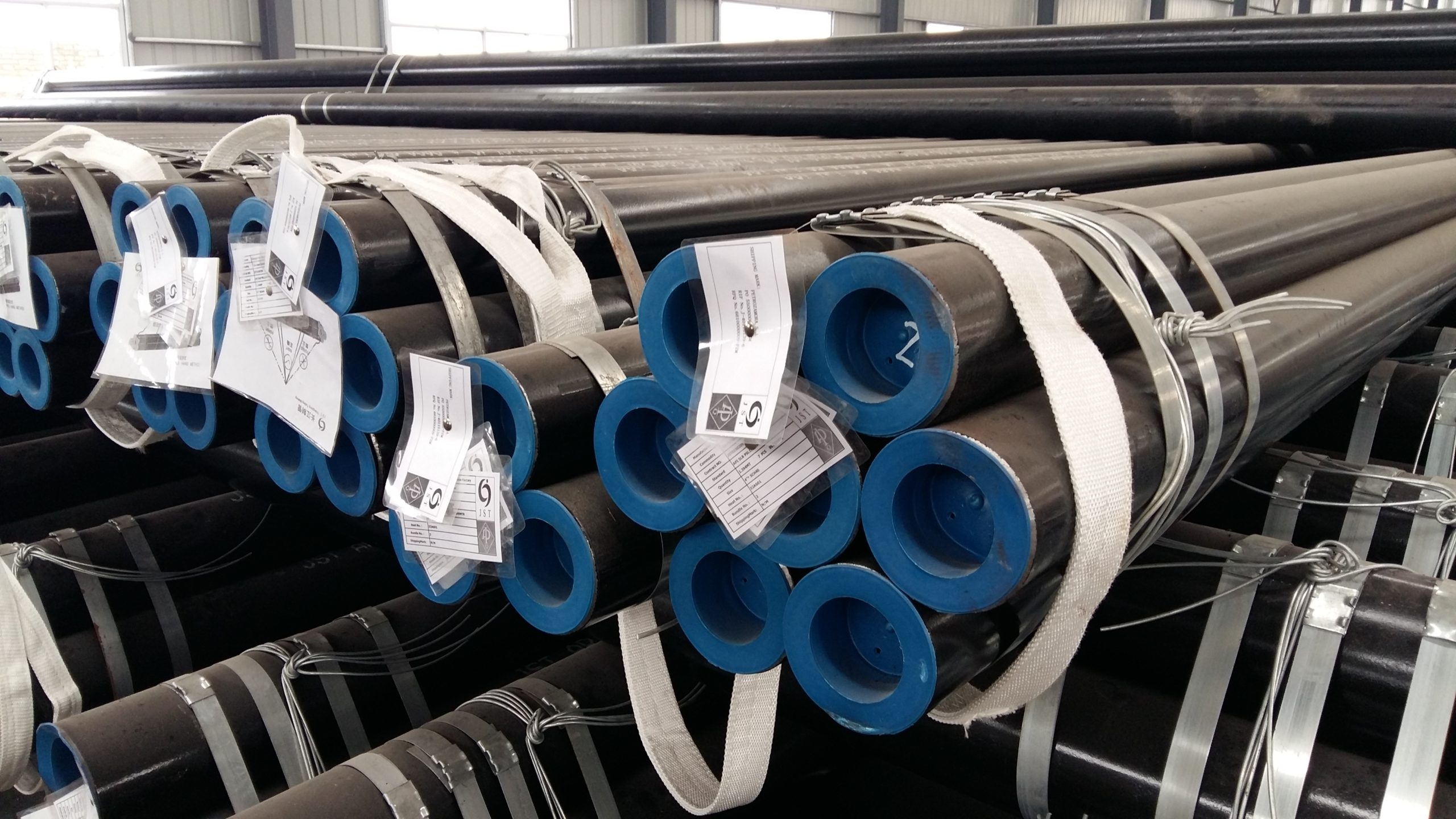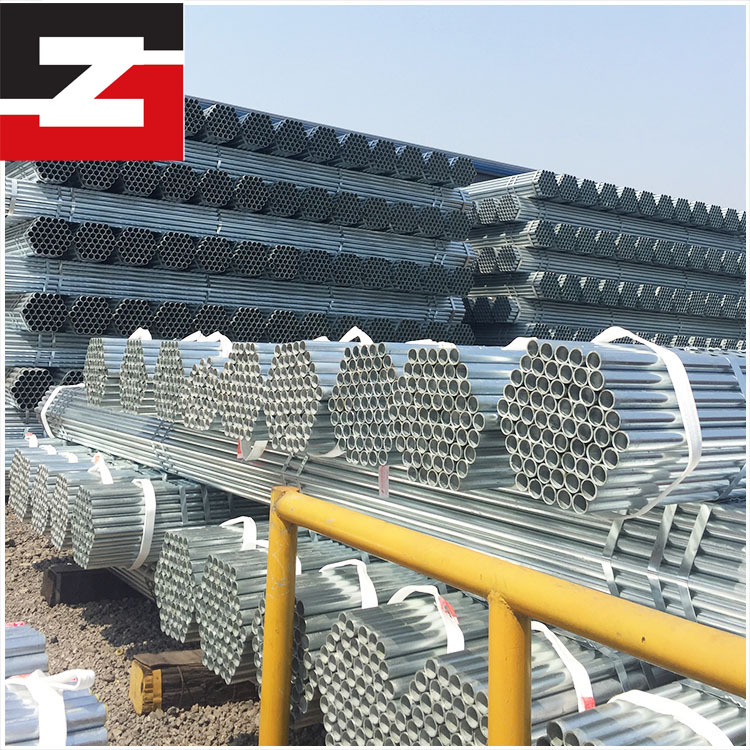1. What is tempering?
Tempering after quenching metal timber or parts of heating to a certain temperature, heat preservation, after a certain time in a certain way the cooling of the heat treatment process and tempering is followed by an operation, after quenching are also usually workpiece heat treatment at the end of the procedure, and thus have a combination of quenching and tempering process known as the final processing.
2. The main purposes of quenching and tempering are:
1) reduce the internal stress and Brittleness. There is a lot of stress and brittleness in the quench part. If there is no tempering in time, deformation or even cracking will occur.
2) adjust the Mechanical properties of the workpiece. After quenching, the workpiece is of high Hardness and brittleness. In order to meet the different performance requirements of various workpiece, the workpiece can be tempered to adjust its hardness, strength, plasticity and toughness.
3) stabilize the workpiece size.The microstructure can be stabilized by tempering, so that no deformation will occur in the future.
4) improve the cutting performance of some alloy steels.
3. The functions of tempering are as follows:
(1) improve the organizational stability, so that the workpiece in the process of use no longer organizational transformation, so that the workpiece geometry size and performance remain stable.
(2) eliminate internal stress, in order to improve the performance of the workpiece and stabilize the workpiece geometry.
Adjust the mechanical properties of steel to meet the requirements of use.
The reason why tempering has these functions is that as the temperature increases, the activity of atoms increases, and the atoms of iron, carbon and other alloying elements in iron and steel can spread quickly, so as to realize the rearrangement and combination of atoms, thus gradually changing the unstable unbalanced structure into stable balanced structure.The elimination of internal stress is also related to the decrease of metal strength when the temperature increases.When general steel tempering, hardness and strength decreased, plastic increase.The higher the tempering temperature, the greater the variation of these mechanical properties.Some Alloy steel with higher content of alloy elements, when tempering in a certain temperature range, will precipitate out some fine metal compounds, so that the strength and hardness rise.This phenomenon is called secondary hardening.
Tempering requirements: the workpiece with different purposes should be tempered at different temperatures to meet the requirements in use.
(1) the tool, bearing, carburizing quenching parts, surface quenching parts usually under 250℃ for low temperature tempering.After tempering at low temperature, hardness changed little, internal stress decreased and toughness increased slightly.
(2) the spring in 350 ~ 500℃ medium tempering, can obtain higher elasticity and necessary toughness.
(3) the carbon structural steel parts are usually made in 500 ~ 600℃ high temperature tempering, in order to obtain the appropriate strength and toughness of a good match.
When steel is tempered at about 300℃, its brittleness often increases. This phenomenon is called the first kind of temper brittleness.Generally, tempering should not be done in this temperature range.Some medium carbon alloy structural steels also tend to become brittle if cooled slowly to room temperature after tempering at high temperature.This phenomenon is called second temper brittleness.Adding molybdenum to steel or cooling in Oil or water during tempering can prevent the second kind of tempering brittleness.This brittleness can be eliminated by reheating the second type of tempered steel to its original tempering temperature.
In production, often according to the performance requirements of the workpiece.According to the different heating temperature, tempering is divided into low tempering, medium tempering and high tempering.Quenching and subsequent high temperature tempering combined heat treatment process known as tempering, that is, in a high degree of strength, but also has good plasticity and toughness.
1) low temperature tempering: 150-250℃, M cycle, reduce internal stress and brittleness, improve plastic toughness, high hardness and wear resistance.Used for making measuring tools, cutting tools and rolling bearings.
2) medium tempering: 350-500℃, T cycle, with high elasticity, a certain degree of plasticity and hardness.Used for making spring, forging die, etc.
3) high-temperature tempering: 500-650℃, S cycle, with good comprehensive mechanical properties.Used for making gears, crankshaft, etc.
IF YOU LEARN MORE, PLEASE CONTACT ME : LISA@ZSSTEELTUBE.COM. WHATSAPP/WECHAT/SKYPE: 0086 18132295089



